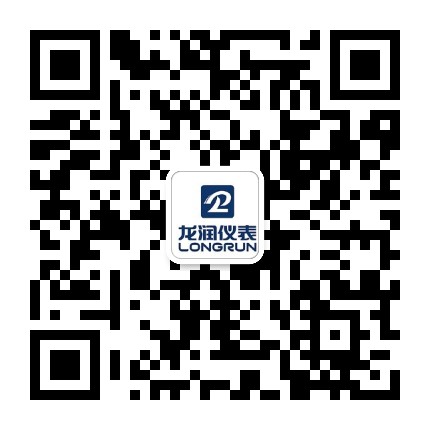Transit-time ultrasonic flow meter details of the working principle
Transit-time ultrasonic flow meter details of the working principle
Where
A transit-time flow meter is based on the time difference between upstream and downstream sound propagation intervals. It usually provides very good accuracy (1%). It works well for clean flow or flow with minor particles. Applications include pure water, sea water, wash water, sewage, process liquids, oils, chemicals, and any homogeneous liquids which are capable of ultrasonic wave propagation.
A typical transit-time ultrasonic flow meter system utilizes two transducers that function as both ultrasonic transmitter and receiver. The flow meter operates by alternately transmitting and receiving a burst of sound energy between the two transducers and measuring the transit time that it takes for sound to travel between the two transducers. The difference in the transit time measured is directly and exactly related to the velocity of the liquid in the pipe. As shown in the figure below:
Where
θ is the angle between the sound path and the flow direction
M is the number of times the sound tr a v erses the flow
D is the pipe diameter
Tup is the time for the beam travelling from up s tream the transducer to the downstream transdu c er
Tdown is the time for the beam travelling from the downstream tran s ducer to the upstream transducer
ΔT = Tup – Tdown
The flowrate is then computed by combining theve locity inf o rmation with pipe parameters and a scale factor. The scale factor is normally de termined by calibration in factory.
Three types of transducers can be used with the main unit, the clamp-on tr a n sducer, the insertion we t t ed transducer a nd the flow-cell transdu cer. All of them do not block the flow, thus, do not generate pressure drop. The transducers can be mounted in V-method where the sound transverses the pipe fluid twice,or in W-method where the sound transv e rses t h e pipe fluid four times, or in Z-method where the transducers are mo unted on o p posite sides of the pipe and the sound crosses the pipe fluid once.The selection of the mounting methods depends on pipe and liquid characteristics.

